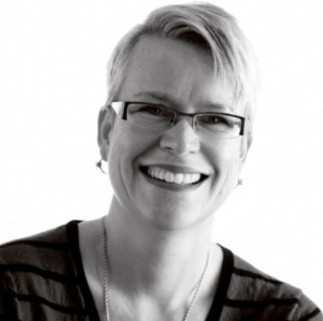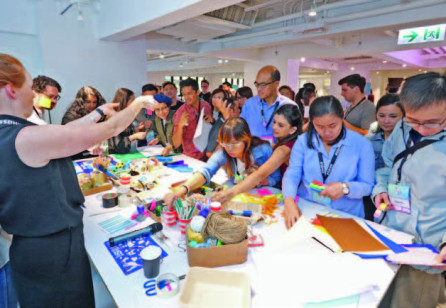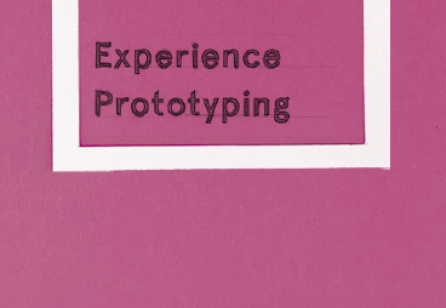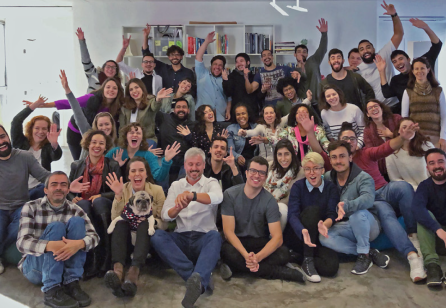SDN: A few months have passed since your new Service Innovation Handbook was published. What kind of feedback have you received from the book’s target audience, managers and entrepreneurs?
Lucy Kimbell: Good, so far. But I find that people rarely voice concerns or make criticism face to face or by email so it’s a bit early to tell. Although I aimed it at managers and entrepreneurs who want to go beyond methods to the ideas that are embedded in them, I’m aware that the book is likely to end up as a de facto textbook for masters programmes.
There are, so far, very few books on designing for service and there is still very little academic research in this area. What I think is distinctive is that my book brings together several different research traditions – design theory, services management, ethnography and participatory design – and weaves them together to present an account of what designing for service innovation is and how to go about it. My writing has been shaped by dialogues with many of the key practitioners over several years, especially livework, Engine, uscreates, Futuregov and, now, Policy Lab, which is a bit London-centric. Like all books, it fixes a set of ideas in time and, also to some extent, a place.
This year, you celebrate ten years since you started developing and teaching an MBA elective, Designing Better Futures. The course is in a perpetual beta. How different is it from its beginnings?
I change about a third of the material each year. Plus the students – usually 50+ students on the full-time and/or executive MBA who choose this elective – change every year. I set a different challenge project each year, which has ranged from social innovation to development in South Africa to ageing to climate change. It’s an ongoing experiment in what to teach to these kinds of students and how to teach it in a business school. It’s been great to have a platform to do that without having the pressure of running a whole MA programme.
Talking about changes, at the 2010 SDN conference in Berlin you portrayed service design at its crossroads*: “The designer is drunk on his creativity. The anthropologist has a hangover from mixing his drinks. The manager is making money.” Where is service design today?
I attended some of the Service Design in Government conference in London in March and, for the first time, I saw more people (men) in suits than other kinds of dress. This told me that managers (if that’s who they were) are seriously interested in what service design can do for government. The 70 or so government innovation labs attending the Nesta Global Labs Gathering in London in July, not all of which use design, are further evidence of serious interest. But my observation is that it’s still a practice-led field that is still quite designer-led. Meanwhile, the ethnographers in the community around the Ethnographic Praxis in Industry Conference (EPIC) are also asking questions about how to make their work visible and actionable in organisations. But they have 20+ years of large firms like Intel and Microsoft investing in ethnography, plus a lot of people with PhDs in anthropology and other disciplines. With this comes organisational clout and quite a lot of social science reflexivity.
And how do you see the role of an organisation like the Service Design Network within these changes?
The network plays a key role in bringing people together to review what’s emerging in practice, forging a shared narrative and creating community. Looking at what the network is talking about and promoting provides a way to track current anxieties and assumptions. Alongside this, university researchers – who work on different timescales – are beginning to build up the beginnings of research. And, finally, some management researchers are getting interested. So the network helps make some of these nodes visible.
Thank you very much for taking the time to speak with us. SDN wishes you all the best with your future projects.
Follow Lucy on her influential twitter feed!









Share your thoughts
0 RepliesPlease login to comment